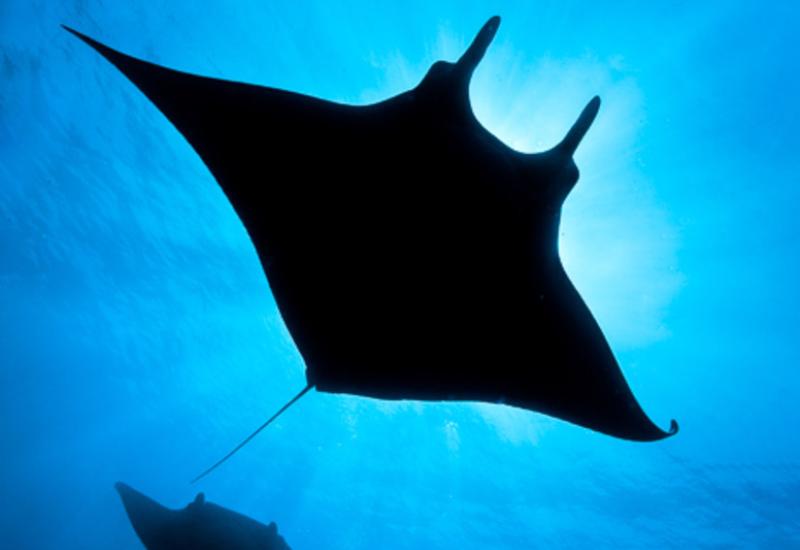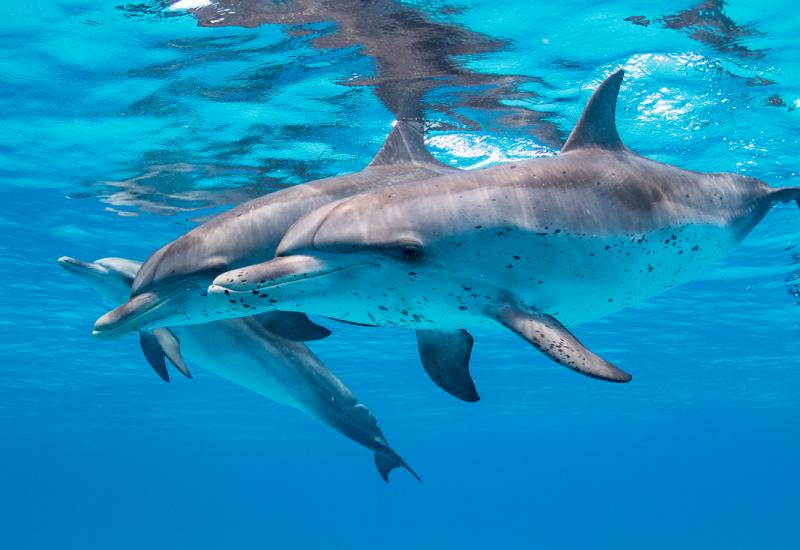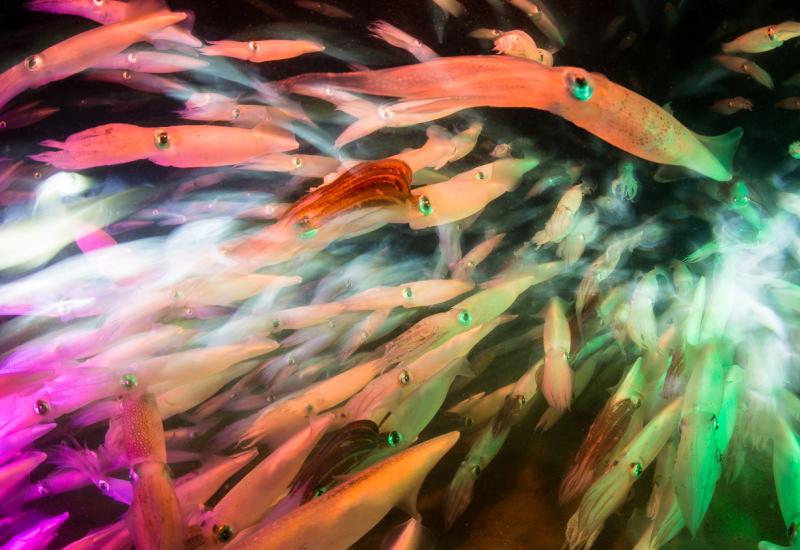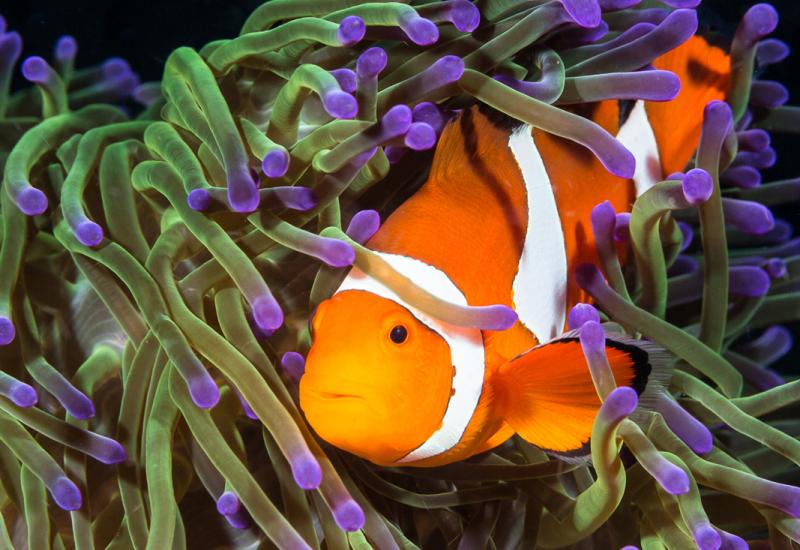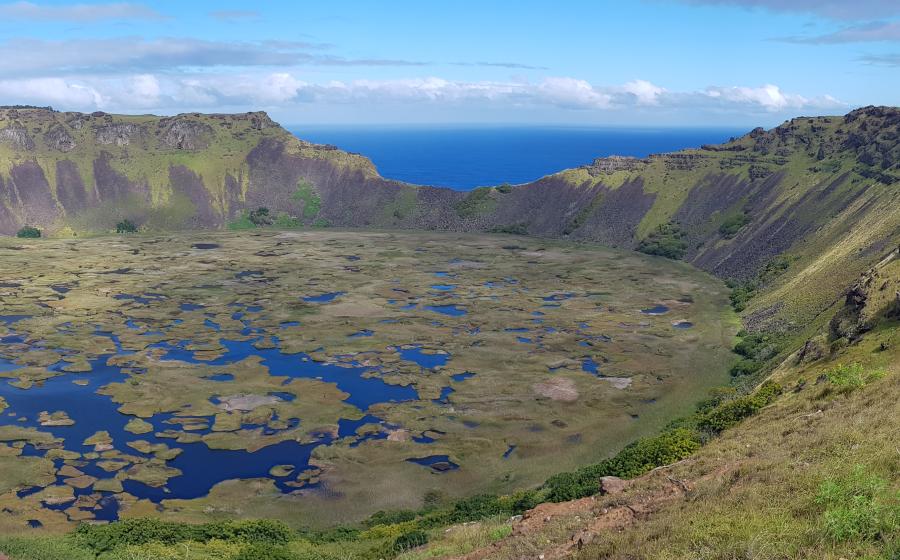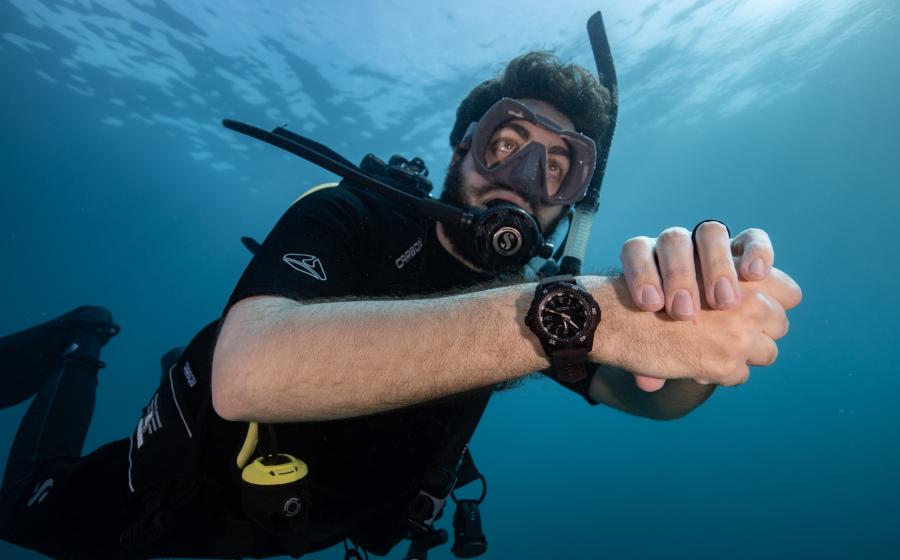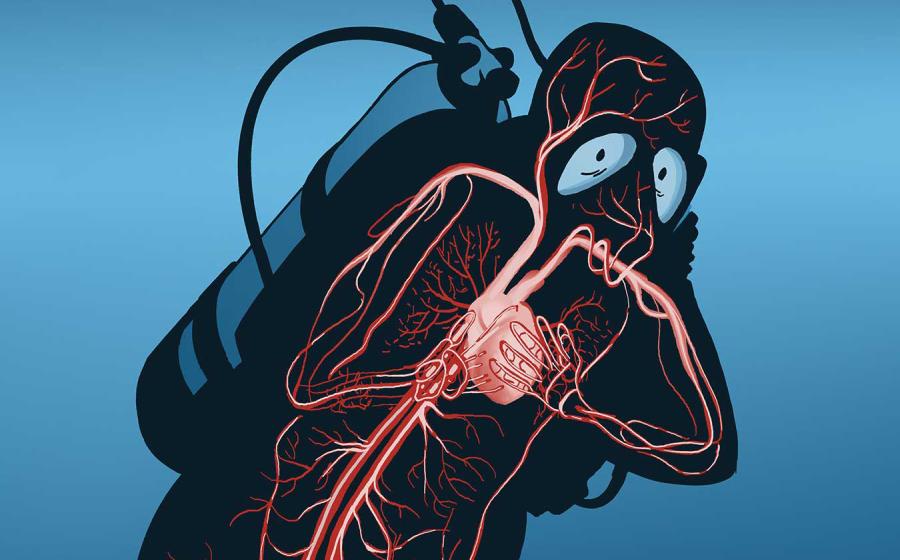Underwater Photography Tips: Shooting Supermacro Underwater

Macro Shot of a Fish
Gear: Panasonic GH3, Olympus 60mm lens, Subsee +10 wet lens, Nauticam housing, Inon Z-240 strobes. Camera Specs: ISO: 200; SHUTTER SPEED: 1/160 SEC; F-STOP: 22. Location: Bonaire: Lots of supermacro-size subjects can be easily found in the 20- to 30-foot range before dropping over the wall.
Jim Decker , CEO of Backscatter Underwater Video and Photo
Super-macro photography doesn’t have to be super hard. With the right tools and technique, you can get great shots.
1. Use a dedicated macro lens
A macro lens is designed for the largest reproduction ratios. On SLRs and mirrorless cameras, look for lenses that will give you a 1-to-1 ratio.
2. Use a wet diopter close-up lens
This will allow the lens to focus closer than its normal minimum focus distance and allow you to get closer to the subject, thereby making it appear larger.
3. Use a focus light
A focus light with a wide beam is a must, even during the daytime. Macro critters tend to live in dark holes or under ledges.
4. Move the strobes close
Since the distance to the subject is so close, you’ll need to put the strobes right up against the front port to get light onto the subject.
5. Keep the shutter speed and aperture numbers up
Depth of field will become thinner as you approach the limits of minimum focus and maximum reproduction. Higher aperture numbers (f-stop) will give more depth of field (the amount of the picture that is in focus). With an SLR at ƒ/22 and a wet close-up lens, depth of field is only about 1/8 of an inch. Keep the shutter speed up to the limits of your camera’s flash sync speed, which will tend to be between 1/160 and 1/320 sec for most mirrorless and SLR cameras. This will help keep ambient light out of the shot, and also serve to knock out any light from your focus light.
6. SLR is still king
The longer focal lengths of a 100mm or 105mm macro lens will give you more working distance from the front of your lens to the subject than a shorter focal length lens. This will permit you to stay a bit farther out and get pictures of skittish creatures. And you still can’t beat looking through an optical viewfinder to confirm final focus before snapping the shot.

Want more from Backscatter Underwater Video and Photo? Check out these articles!
Using Solar Power | Best Practices for Minding Your Manners | How to get Sunballs

Jim Decker , CEO of Backscatter Underwater Video and Photo
Gear: Panasonic GH3, Olympus 60mm lens, Subsee +10 wet lens, Nauticam housing, Inon Z-240 strobes. Camera Specs: ISO: 200; SHUTTER SPEED: 1/160 SEC; F-STOP: 22. Location: Bonaire: Lots of supermacro-size subjects can be easily found in the 20- to 30-foot range before dropping over the wall.
Super-macro photography doesn’t have to be super hard. With the right tools and technique, you can get great shots.
1. Use a dedicated macro lens
A macro lens is designed for the largest reproduction ratios. On SLRs and mirrorless cameras, look for lenses that will give you a 1-to-1 ratio.
2. Use a wet diopter close-up lens
This will allow the lens to focus closer than its normal minimum focus distance and allow you to get closer to the subject, thereby making it appear larger.
3. Use a focus light
A focus light with a wide beam is a must, even during the daytime. Macro critters tend to live in dark holes or under ledges.
4. Move the strobes close
Since the distance to the subject is so close, you’ll need to put the strobes right up against the front port to get light onto the subject.
5. Keep the shutter speed and aperture numbers up
Depth of field will become thinner as you approach the limits of minimum focus and maximum reproduction. Higher aperture numbers (f-stop) will give more depth of field (the amount of the picture that is in focus). With an SLR at ƒ/22 and a wet close-up lens, depth of field is only about 1/8 of an inch. Keep the shutter speed up to the limits of your camera’s flash sync speed, which will tend to be between 1/160 and 1/320 sec for most mirrorless and SLR cameras. This will help keep ambient light out of the shot, and also serve to knock out any light from your focus light.
6. SLR is still king
The longer focal lengths of a 100mm or 105mm macro lens will give you more working distance from the front of your lens to the subject than a shorter focal length lens. This will permit you to stay a bit farther out and get pictures of skittish creatures. And you still can’t beat looking through an optical viewfinder to confirm final focus before snapping the shot.

Want more from Backscatter Underwater Video and Photo? Check out these articles!
Using Solar Power | Best Practices for Minding Your Manners | How to get Sunballs

